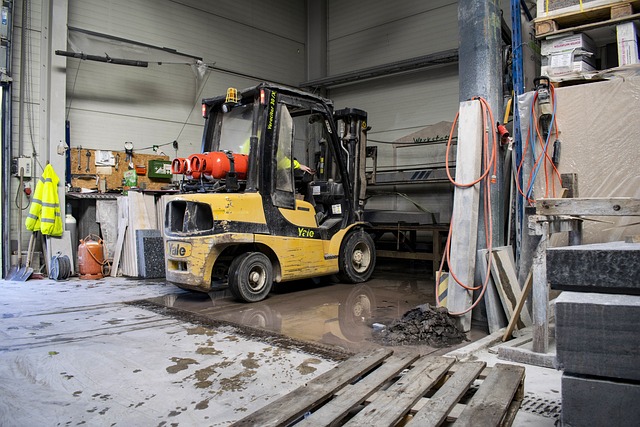Choosing the correct forklift mast is a crucial decision in optimizing your material handling processes. The mast is the forklift’s backbone, responsible for lifting, lowering, and positioning loads. With various mast types available, each tailored to specific operational requirements, understanding their functionalities and differences is vital.
Decoding the Different Types of Forklift Masts
Selecting an appropriate mast type is not just about load handling but also about ensuring operational efficiency and safety. Let’s dive into the distinct forklift mast types and their unique characteristics.
Single Stage Mast
The standard upright mast is the simplest form, ideal for operations where space isn’t a constraint. It consists of a single channel and is best suited for outdoor activities or spacious indoor environments. Its straightforward design means fewer maintenance concerns but requires ample room for effective load handling.
Two Stage Mast: The Flexible Choice
The duplex offers greater flexibility. It’s equipped with a free lift feature, allowing the forks to be raised without extending the mast, making it perfect for indoor use or areas with height restrictions. Despite its versatility, it’s important to consider its load capacity limitations at higher elevations.
Three Stage Mast: Reaching New Heights
The three stage mast, commonly used in warehouse settings, is designed for high reach operations. It boasts an additional set of channels, allowing it to extend further than the duplex mast. This type is particularly useful for high stacking in confined areas, although it requires careful consideration of load stability at maximum height.
Four Stage Mast: The Ultimate Lifter
The quad mast is the most advanced, featuring four sets of rails for maximum lift height. It’s the go-to option for high-rack storage systems, offering unparalleled elevation capabilities. However, its complexity means a careful assessment of the load capacity is essential, especially at peak heights.
Selecting the Right Mast Type
When deciding on a forklift mast, consider the following factors:
- Operational Environment: Assess the workspace, including ceiling height, aisle width, and storage configuration.
- Lift Height Requirements: Determine the maximum height at which loads will be handled.
- Load Characteristics: Understand the size, weight, and type of materials being moved.
- Visibility Needs: Some masts offer better operator visibility than others, impacting safety and efficiency.
The right forklift mast can significantly influence your material handling efficiency and safety. Whether it’s the uncomplicated standard upright mast, the versatile duplex, the high-reaching triplex, or the towering quad mast, each has its place in different industrial scenarios. Consider your specific needs and operational conditions to choose the mast that aligns perfectly with your business requirements. Remember, the right choice not only enhances operational efficiency but also contributes to the safety and well-being of your workforce.




